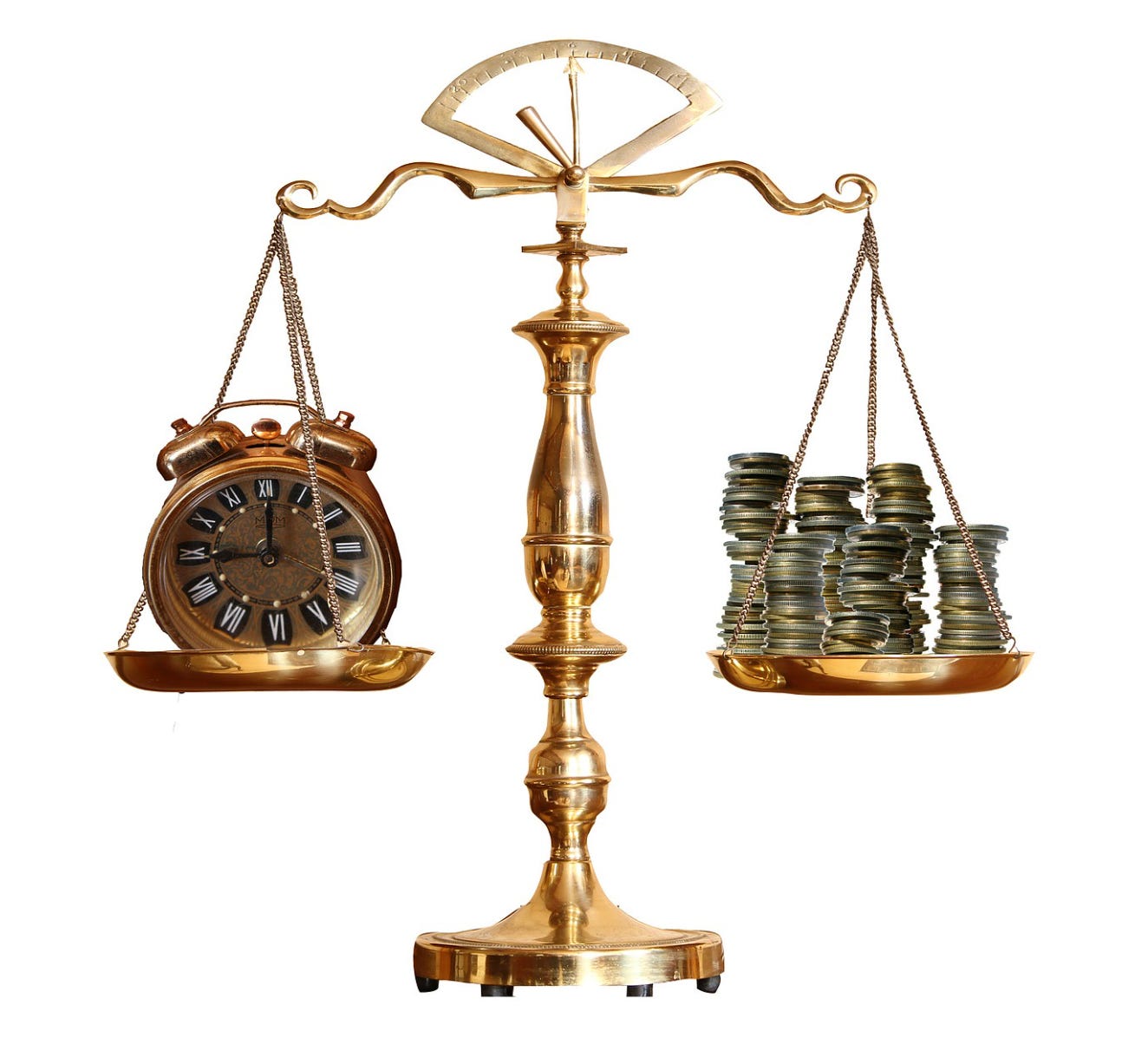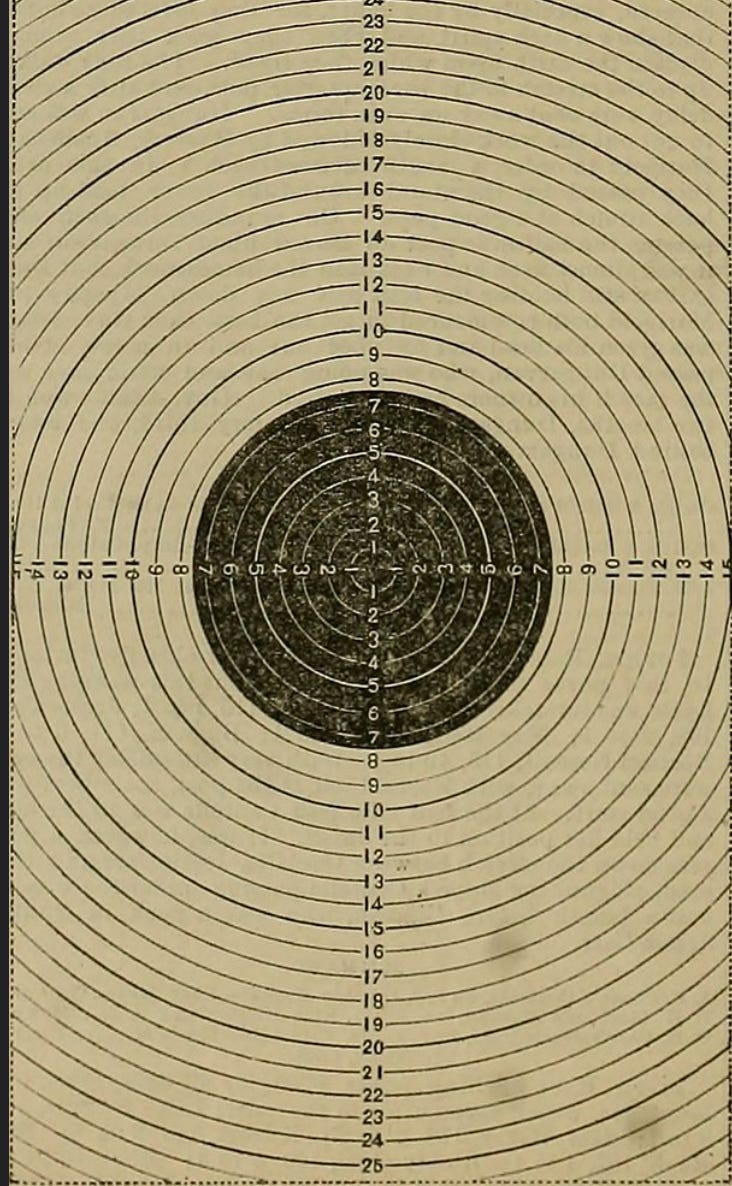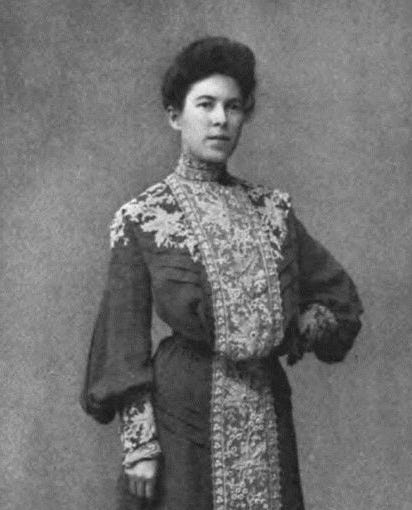Unpredictable Patterns #80: Designing decisions
Building decisions, understanding what memos do, seeking function over completeness and the poetry of doors
Dear reader,
The heat in London this coming week is supposedly going to be quite intense. I am shuffling from one air-conditioned room to another, my Swedish heritage working against me as soon as the temperature gets above 20 degrees celsius. This summer note is about decisions - and some poetry of course! Hope you enjoy it.
Decision design
I know what you think: there is so much written on decision making and deciding and thinking so how could I possibly add something to what has already been said?
It is a fair question - but at the same time I want to come at the field in a slightly different way. There are two distinct possible interpretations of the term "decision making". The first one is the one we all think of: deciding to buy a house or not, deciding to adopt a specific legal strategy in a case or deciding to offer our new product on yet another market. This is after all what it is all about: making decisions, deciding - that is the real problem, right? To figure out how we should decide in an avalanche of questions?
Perhaps. It is true that there is more and more decisions required of us - from work to when we shop for breakfast cereal - and this has by some been identified as a cause of "decision fatigue", the sickening feeling of having to always decide, always pick a subscription package, choose insurance and invest your retirement savings in the best way. Decision making here means choosing, and we live in a world with a wealth of choices.

This is why it is interesting to explore the other possible meaning of decision making: manufacturing decisions, or creating decisions or setting up a decision so that it can be made in a new way. This is the aspect of decision making that I want to think about, and there are several reasons for my interest here.
First, I think skill in building decisions, and chains of decision, may well be the single most important skill for what we sometimes call "knowledge workers". I also think it is truly hard, and that it does not come naturally to us - partly because we have gotten stuck thinking about decisions as choosing. The craft of constructing a really good decision requires that we recenter from ourselves to an imagined decision maker, and then figure out how we best set up a decision for her.
Second, I think the skill of manufacturing decisions is key to enjoying your work. Often we end up crafting innovative memos, sending emails and attending meetings without getting anything done in even very long days. We work, but we accomplish very little. The reason is not that we do bad work, but that we often have not quite decided what it is that the work we do should do in its turn.
There is an illustrative trick here. Look at the memo you are writing or the email you are sending, or even the meetings in your calendar, and then ask the following, simple question: "what does this meeting / memo / email actually do?". This question seems awkward at a first glance, but it is in the nature of work that everything has some kind of function, and if you cannot answer the question about the function of the work you are engaged in - what it does at a very basic level - you are likely to be frustrated in the extreme.
A good rule is to ask this question before you take something on, in order to get a very clear idea of what it is you should focus on.
Third, if you are skilled at making decisions you will unlock a much more effective work style: if you know what that memo does - well, then you do not need to write the mother of all memos, you just need to make sure that the memo fulfils its function in the workflow you are a part of.
Granted, there are some organizations that have no such well-defined workflow - and then that is where you start. Designing decisions is very much about workflow, and you may find yourself designing the workflow in order to build decision points as well as decision makers. We will talk more about this when we discuss the anatomy of a decision, as well.
Fourth, well-designed decisions produce speed without urgency. This is a distinction I really want you to ponder: it is far too common to end up in a workflow where the only kind of speed you can produce is through urgency. You know the drill: a workflow where there is a code red, and everyone is needed on deck and nights and evenings burn away.
To be clear: there are situations like this in all organizations - I am not denying that. But the problem is that since we have been taught that this is the only way to produce speed, we often end up overusing it. The result is an endless chain of urgencies, and finally this behavior ends up becoming self-reinforcing: every code red draws attention from other projects that then lag behind and need to be escalated into code red....and so on.
But there are many other sources of speed in an organization - and one of the most important is well-designed decisions. This is not too hard to see: a well-designed decision means that we just do the work we need to set up the decision AND it makes it easier for the ultimate decision maker to also choose among the options, so the time spent per decision goes down and this in turn frees up more time for other decisions - and suddenly the relative speed of the organization grows.
All organizations can call a code red and create urgent speed, but the best competitive advantage may well be the ability to created decision speed instead.
If we could measure the time spent per decision in an organization we would have a very good diagnostic for understanding the organization, but just saying that decisions should be fast is too simplistic. An even better diagnostic, then, would be resource efficiency per decisions. How effectively does the organization use its resources for decision making?
Imagine two organizations that are facing the opportunity to offer their services in a new market.
The first organization starts evaluating the market, produces a series of memos about it and uses lengthy meetings to discuss pros and cons with the opportunity. They gather all of their data, make slide decks and consult external sources, and then they end up recommending the CEO to indeed enter the market after a few months. The sum total of resources spent to get to this stage is 10 workmonths and 100 000 USD for consultant support.
The second organization looks into what the minimum viable offering looks like, and writes a memo with a few options for how to offer that in the market to learn more. The sales head makes a small decision, and they enter the market after a few days - and start gathering data on how the market behaves. The sum total resources brought to bear on the decision is 14 workdays, and no extra money.
Now, we do not need to say that one organization is right and the other wrong to see that they have built their decisions in very different ways, and that the decision design efficiency looks very different too. It is easy to see how the first organization risks sinking into decision debt, where the cost of the decisions outweight the benefits of making them - but it is also easy to see that the second organization may stumble into a new market where they have very little experience and information - and so could end up exposing themselves to new risks.
These organizations have very different decision making styles, and consciously designing your decision making style is the key here. An interesting question, though, could be this: knowing just what I put in the short description above - which organization would you invest in if you had to pick one?
The anatomy of a decision
Before even starting to build a decision you should ask yourself a crucial question that is often forgotten, and it is the question: "how should a decision like this be made?". It is surprisingly powerful, because it highlights how important it is not to design all decisions in the same way. In some cases the way a decision should be made is through tossing a coin. In other cases it is through focusing on the next big decision in the chain you are working with. If I am asked about career advice, I have started to ask how the choice the person is facing will change their ability to choose their next job - because I think that career decisions should be made with a view to what comes after the step one is considering. But this is just one example, and the real value of the question is that it forces a discussion about the very thing we want to focus on here: decision design.
What do you then need to build a decision? The key building blocks are intelligence (or data), analysis, options, a decision maker and ideally a way to document the decision. This is essentially nothing else than the really well-known OODA loop: observe, orient, decide, act. Observation comes first, and is often undervalued - it is hard to make really good obeservations (the design of an organization's ability to observe the world around it is a crucial task in any organization - there should really be a Chief Observation Officer). Orientation is roughly analysis - understanding what we have observed - and then comes the decision and the acting.
But even with these components in place, we have a few choices to make when we build decisions.
The first choice is between small and reversible decisions and large and irreversible ones. It sounds silly, I know, but many people end up trying to make the largest possible decision they can, filling the decision with importance and prestige to the brim. There is a dangerous temptation here: we sometimes imagine that if we make big decisions we surely have to be very imnportant! But there is an argument for looking for tha smallest, most reversible decision in most processes in order to get back to observation fast, especially in environments that change fast.
The second choice is the choice of decision maker. This is a tricky piece, but important to get right. A decision that is being designed without any real interest in, or view of, how will make it is always going to be inefficient. Different decision makers have different horizons of understanding, and ideally a decision should be fitted to the decision maker. Now, being a decision maker is associated with accountability, so if you are unlucky you will find that it is really hard to find a decision maker on any issue - and if that is the case we are back to workflow design. One way to overcome a dearth of decision makers is to encourage escalation paths: where possible the decision maker can then push the decision to the next level, and if the organization is working at it a kind of equilibrium could emerge where decision mandates are fairly well known. But this is really, really hard - I am not saying it isn't.
The third design choice is about options. A surprising amount of decisions are built with a single recommendation and no overview of the options. Best practice in decision design is to build a set of reasonably exhaustive options - and the option to do nothing should always be called out as well, and analyzed. The reason for this is that doing nothing in a changing world is a real decision! If you want to be blunt about it you can make the option into "do nothing now and keep analysing the problem" - and highlight the costs of doing so.

Designing options requires intellectual honesty: we may prefer one option over another, but all options should be viable. An option set that essentially just says "invest or be irrelevant" is hardly very helpful. Now, considering that generating option sets is very creative work and incredibly important, I have often found that we spend too little time on it. Everyone converges too early on a view and then builds the decision into a recommendation rather than a real decision between equally weighted options. Often, any decision that trends into a pure recommendation may not even need to be a decision: maybe you should just signal that you are taking the course of action suggested in the recommendation and if anyone wants to make a proper decision they should let you know (and encourage it).
So you have observed, oriented (generated options) and now you are all set to decide and then act on the decision - so all should be well, right? Not quite. There is another element here that is important, and that is designing learning into the decision.
As the decision is being made, it is really helpful to write down both what the decision was and what the reason for it was. This is what unlocks the possibility to learn from your decisions, and have them represent compound value in the organization. It is surprising how many organizations fail to extract value from the many decisions they make, and lack the ability to build a way to have the value of those decisions compound into a real skill and strategic advantage.
By both writing down the decision outcome and the reasoning, you will partly insure yourself against mistaking luck for skill, as well.
So what?
The reality is that most of us working in the knowledge economy are - in some way or another - decision designers. We work with designing decisions and the skill we can build in doing so in turn decided the fate of organizations.

An organization with a well-honed skill at designing decisions and working through chains of decisions that compound into learning will quickly surpass other organizations in its field. But how do we use this insight in our daily work? Here are a few ideas.
Use projects to chart decisions and think of your milestones as the decisions you are designing. You are likely the co-designer of a lot of different decisions in your organization, and
Be a design anthropologist: ask how decisions were made, track processes and see if you can learn what the natural decision making style of your organization looks like. And focus not just on the crucial decisions that are likely to be escalated to the CEO - focus on changes in administration, HR and other functions like that.
Enjoy the creative freedom in creating option spaces. Next time you are looking at decision, do not accept the design frame you are likely to have been given. Generate outlandish options, and see how the decision fits with them and moves in option space.
Document decisions and build in time to learn from them, try to articulate the logic behind the decisions, because there is a treasure hidden there: the logic behind the way decisions are made allows us to think about how we can design decisions differently to avoid organizational bad habits.
Re-construct the way your competitors have made decisions, never dismiss their decisions as bad or wrong. They arrived at their decisions through some kind of pattern or habit - understanding how competitors design decisions is a useful insight.
As always, thank you for reading. And no, you will not escape poetry - it is summer after all, and since failure is instructive, it is a poem about what happens when you design you decisions badly. The author is Jessie Belle Rittenhouse (1869-1948):
The Door
There was a door stood long ajar
That one had left for me,
While I went trying other doors
To which I had no key.
And when at last I turned to seek
The refuge and the light,
A gust of wind had shut the door
And left me in the night.
Doors often return in Rittenhouse's imagery and even in her collections of other poet's poems and they leave us with an interesting image: decisions as doors, some locked and others open and all leading to different futures, if we can just decide.
Thank you for reading,
Nicklas



Excellent! One of the most overlooked but important aspects of decision-making is promulgation. Sometimes it's tempting to keep a decision held close to avoid dealing with the stakeholders in disagreement, and maybe that makes sense in some cases, but if you design a decision well it should be most durable right after it's made and the best time to deal with objections. In general decisions should probably get weaker over time not stronger.